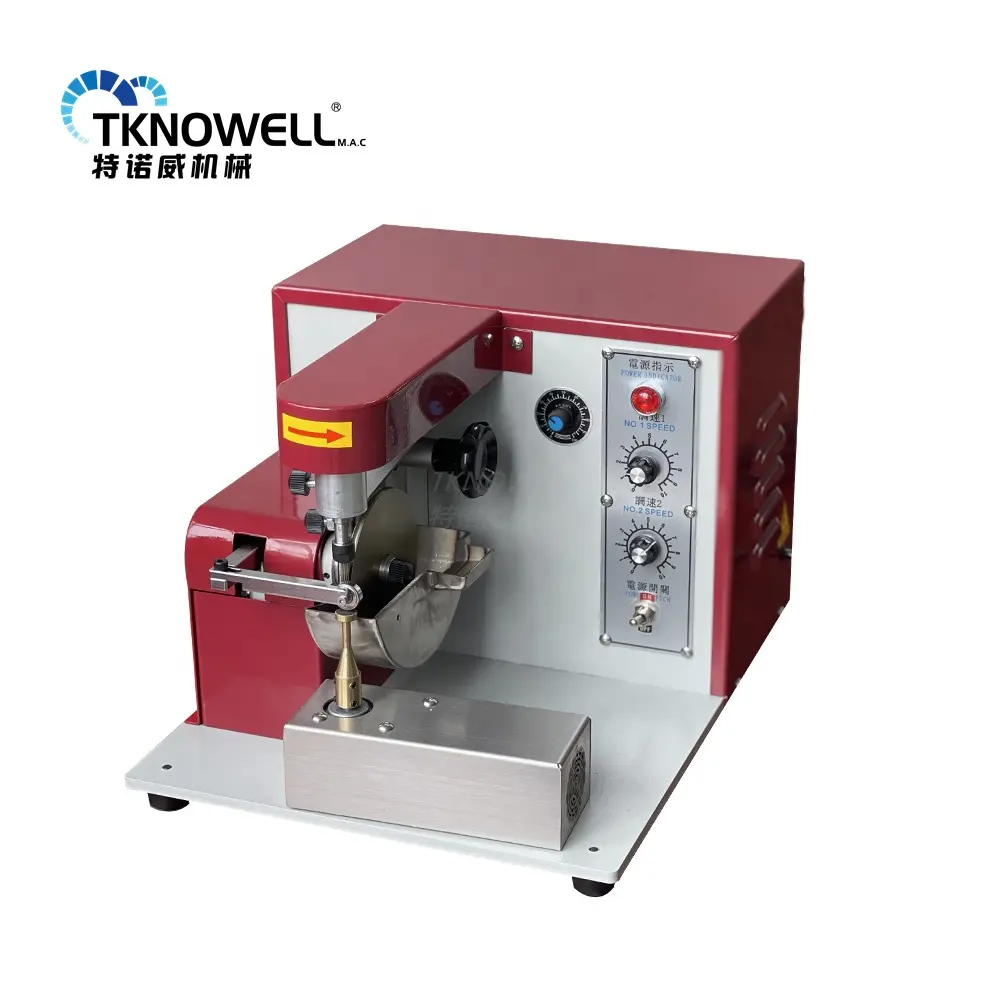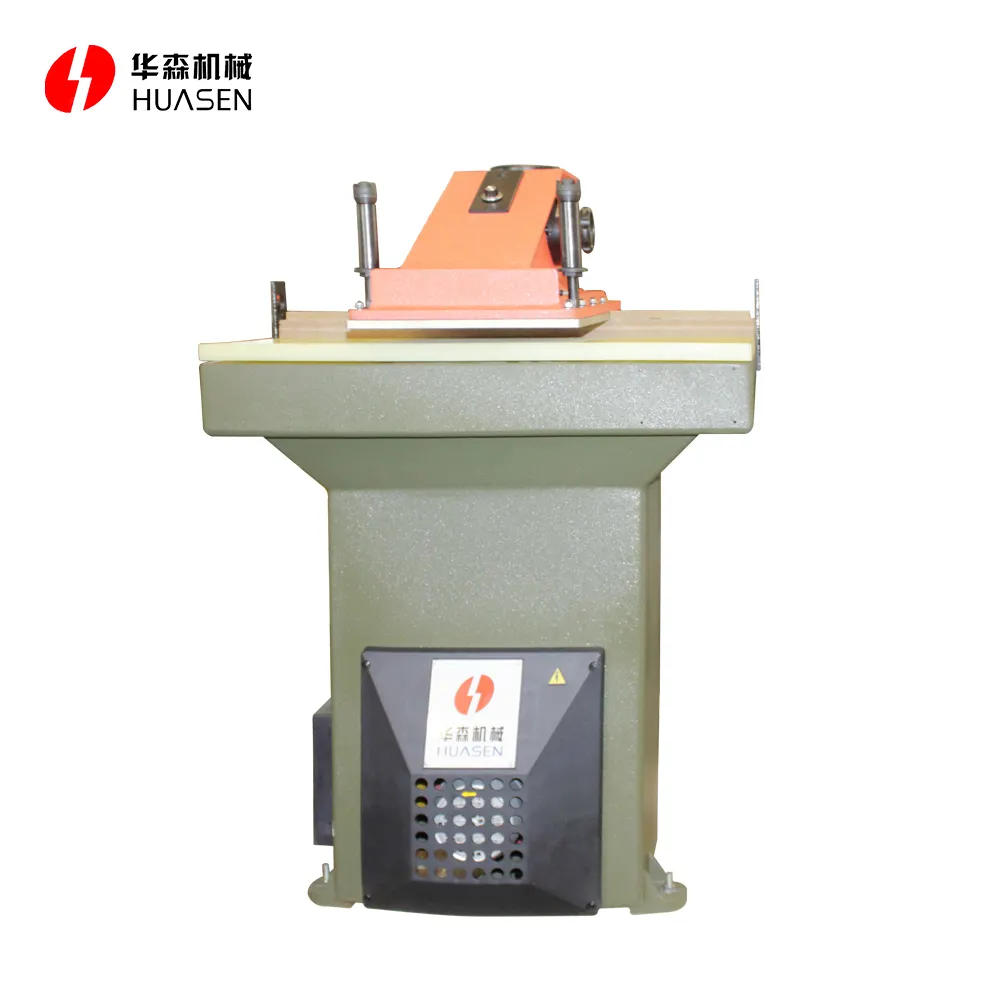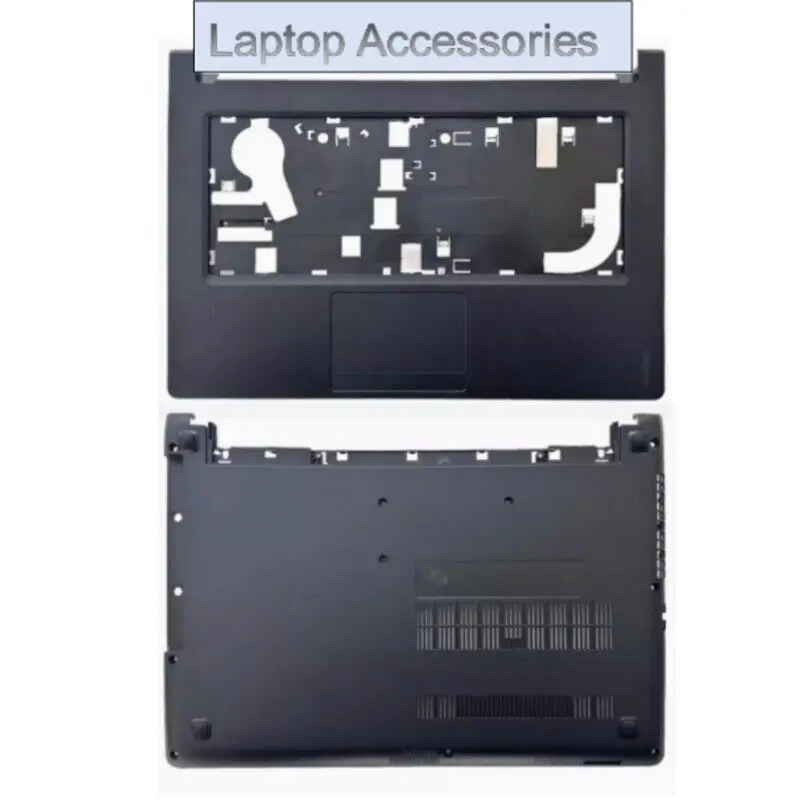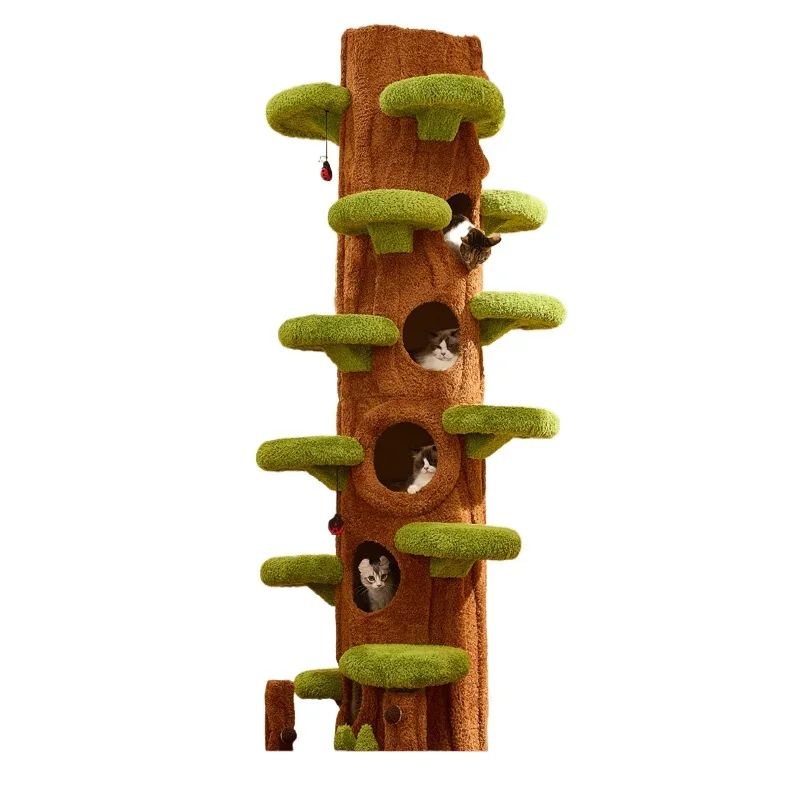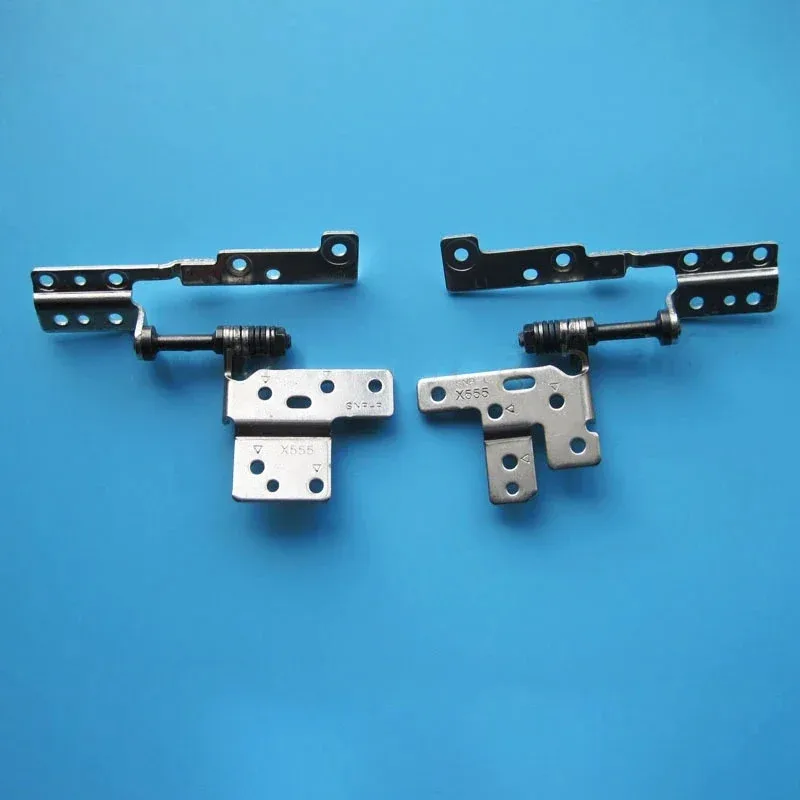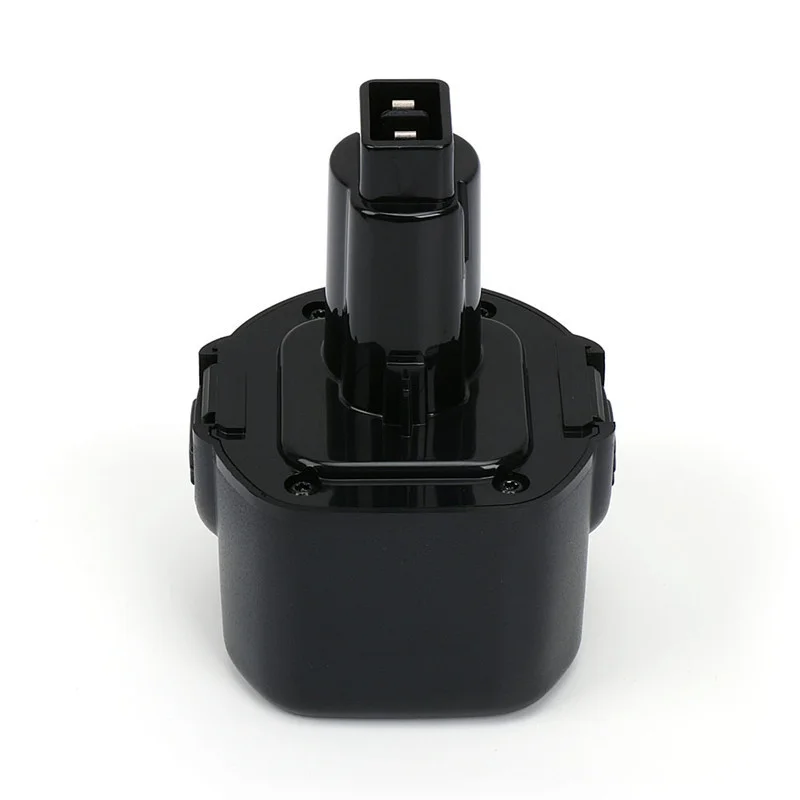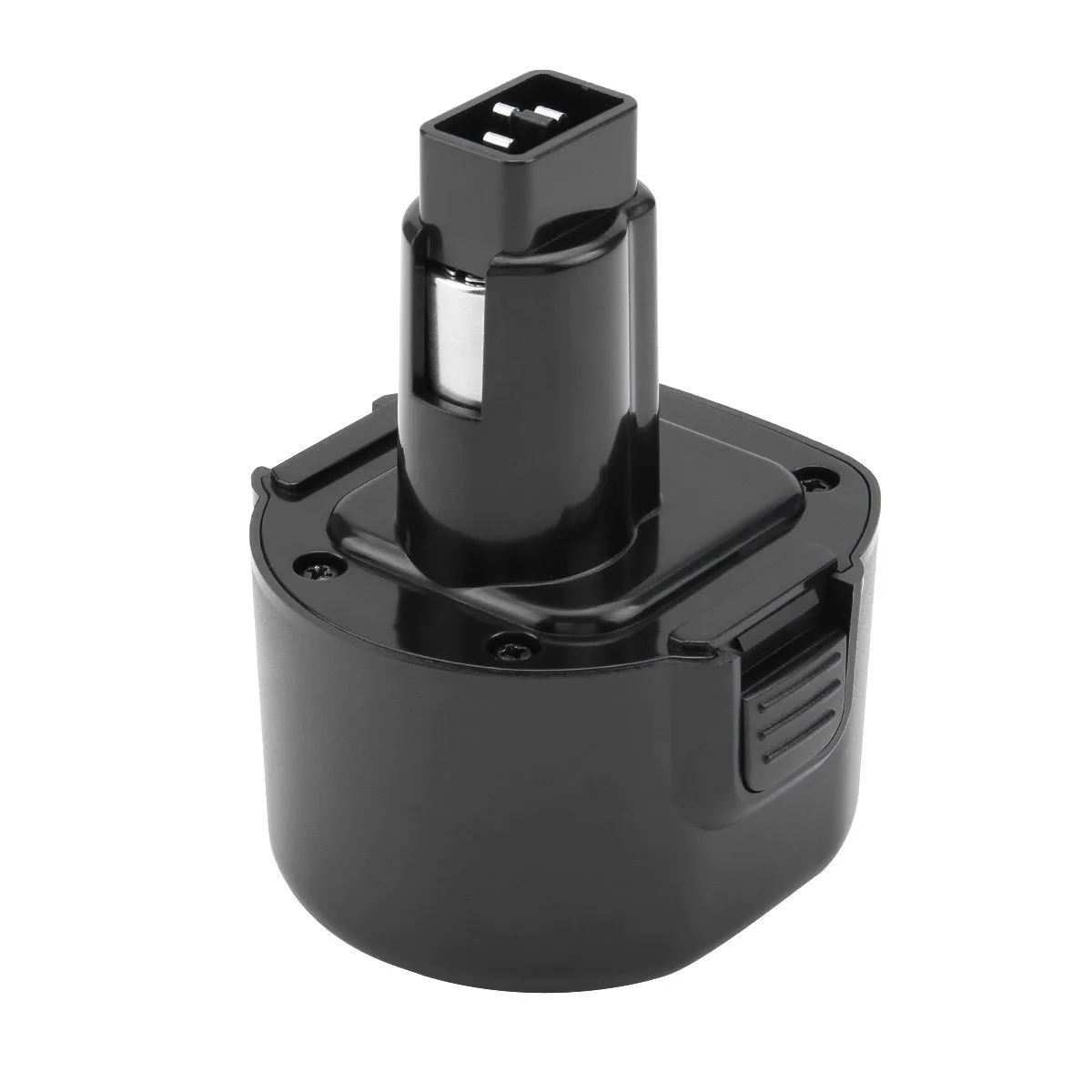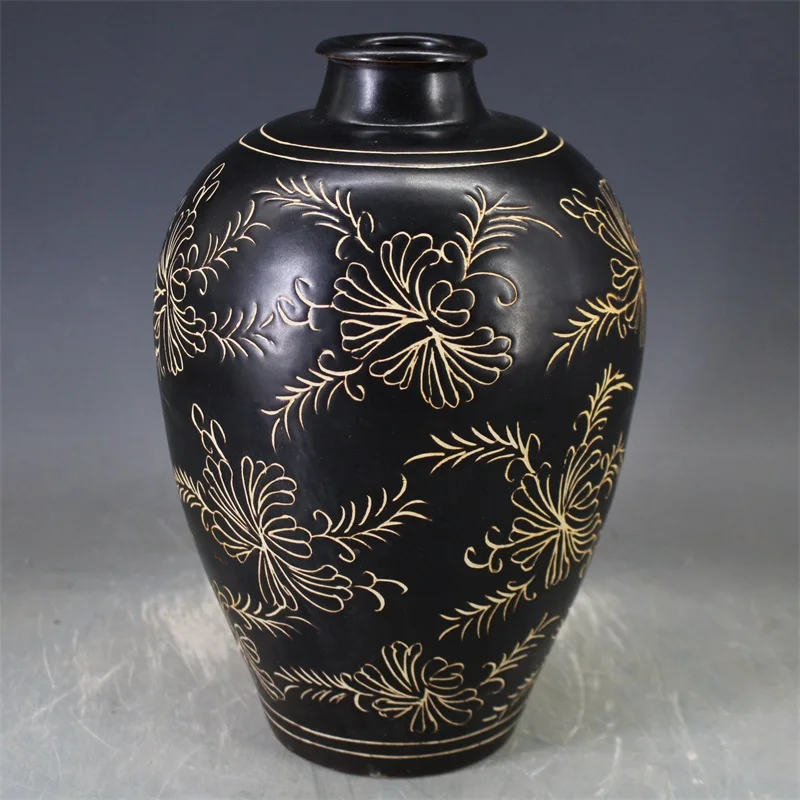Полипропиленовый автомат для загара и производства кожи-Сделано в Италии
- Категории: Leather Production Machinery >>>
- Поставщик: Italprogetti,S.p.a.
Поделиться:
Описание и отзывы
Характеристики

About Polypropylene
Italprogetti was the first company worldwide, in 1991, to realize and exploit the big advantages that this material could offer to the tanning industry.
Polypropylene is a thermoplastic polymer with high bonding strength, tough, stable, elastic, hard and highly impact-resistant.
Thanks to its structure, polypropylene has an exceptionally high molecular mass. This makes it highly resistant to chemical agents and other media. In addition, polypropylene is resistant to aqueous solutions of salts, acids and alkalis.
The typical features of Polypropylene – Homopolymer (PPH) sheets used for the construction of our drums are the following:
- extremely smooth surface
- high impact strength
- high level of hardness, stiffness and tensile strength
- resistance to stress-cracking
- abrasion resistance
- good toughness at temperatures of -5°C to 95°C
- excellent electrical/thermal insulation properties
- very good chemical resistance
- no water absorption
Polypropylene is a thermoplastic polymer with high bonding strength, tough, stable, elastic, hard and highly impact-resistant.
Thanks to its structure, polypropylene has an exceptionally high molecular mass. This makes it highly resistant to chemical agents and other media. In addition, polypropylene is resistant to aqueous solutions of salts, acids and alkalis.
The typical features of Polypropylene – Homopolymer (PPH) sheets used for the construction of our drums are the following:
- extremely smooth surface
- high impact strength
- high level of hardness, stiffness and tensile strength
- resistance to stress-cracking
- abrasion resistance
- good toughness at temperatures of -5°C to 95°C
- excellent electrical/thermal insulation properties
- very good chemical resistance
- no water absorption
Main advantages of polypropylene drums
Easy cleaning → saving of water
Thanks to the already mentioned technical features of the material and the technical solutions adopted in the design, our polypropylene drums minimize the possibility of contamination between the various phases of the process or between different processes.
Intermediate and final washings require less water and time than traditional wooden drums.
Better control of the float temperature → saving of chemicals
When compared to traditional materials (wood, steel), polypropylene is found to give a better thermal insulation. This translates into better temperature control of the float, especially when combined with the solutions proposed for internal heating. Apart from the possible energy savings – however significant – better penetration and consequently more efficient use of chemical products are obtained.
Resistance to chemical agents → flexibility of use
Polypropylene drums can be used in all phases of the tanning process, even those in which more aggressive products are used, or in presence of extreme variations in pH, or with a high risk of contamination. For instance, it is possible to use the same drum both for traditional chrome tanning, and for chrome-free or vegetable processes.
Safeguarding the quality of the leather → no lower grain
The extremely smooth surface of polypropylene and the possibility of rounding or coating any part inside the drum eliminate any problem of abrasion of the grain of the leather during processing.
Bigger internal volume → higher load capacity
With the same external dimensions, due to the reduced thickness of the walls and the different construction techniques, polypropylene drums offer a bigger internal volume when compared to traditional wooden drums, from 10% to 18% (depending on the size of the drum)
Products Description
Available versions
Internal configuration

Accessories / Optionals



Company Profile
Founded by Mr. Mario Serrini in 1977 in Ponte a Egola (Pisa), in one of the most important tanning districts in the world, the company has over the decades pursued the constant goal of production, organizational, dimensional and entrepreneurial growth, giving particular attention to developing markets and the possibility of diversification and expansion outside of the tanning sector, such as the filtration sector of extra virgin olive oil or water purification in the paper sector.
The company has grown continuously over the years, both in terms of sales volume and number of employees, establishing itself as a world leader mainly in the tannery sector, with the production of polypropylene drums and automation systems, and with the design and construction of effluent treatment plants. The engineering experience gained working with these types of plants has meant that Italprogetti has also become an important point of reference in the design and construction of new tanneries and renovation of existing tanneries.
On a commercial level, Italprogetti has its own highly experienced team which are able to give extensive and direct worldwide assistance, whilst their international network of local agents are available to manage after-sales assistance, as required.
The technical office is the heart of the company activity and is structured to meet the individual requirement of the various
sectors, each of which is dedicated to a product line: drums and automation systems, overhead chains and drying systems, water treatment systems and special systems, design of new tanneries, olive oil filtration systems, control panels and software. In total, we have twenty-five engineers working in our various activities, each specific expertise in mechanical, chemical, environmental and electronic applications.
Why Choose Us
- All equipment internally manufactured
- Supervision software internally developed
- Safe use of data
- Internal team of software engineers
- Dedicated team for remote assistance
- Safe use of data
- Internal team of software engineers
- Dedicated team for remote assistance
- Custom-made solutions
- Thirty-years experience
Contact Us

Scan Me










